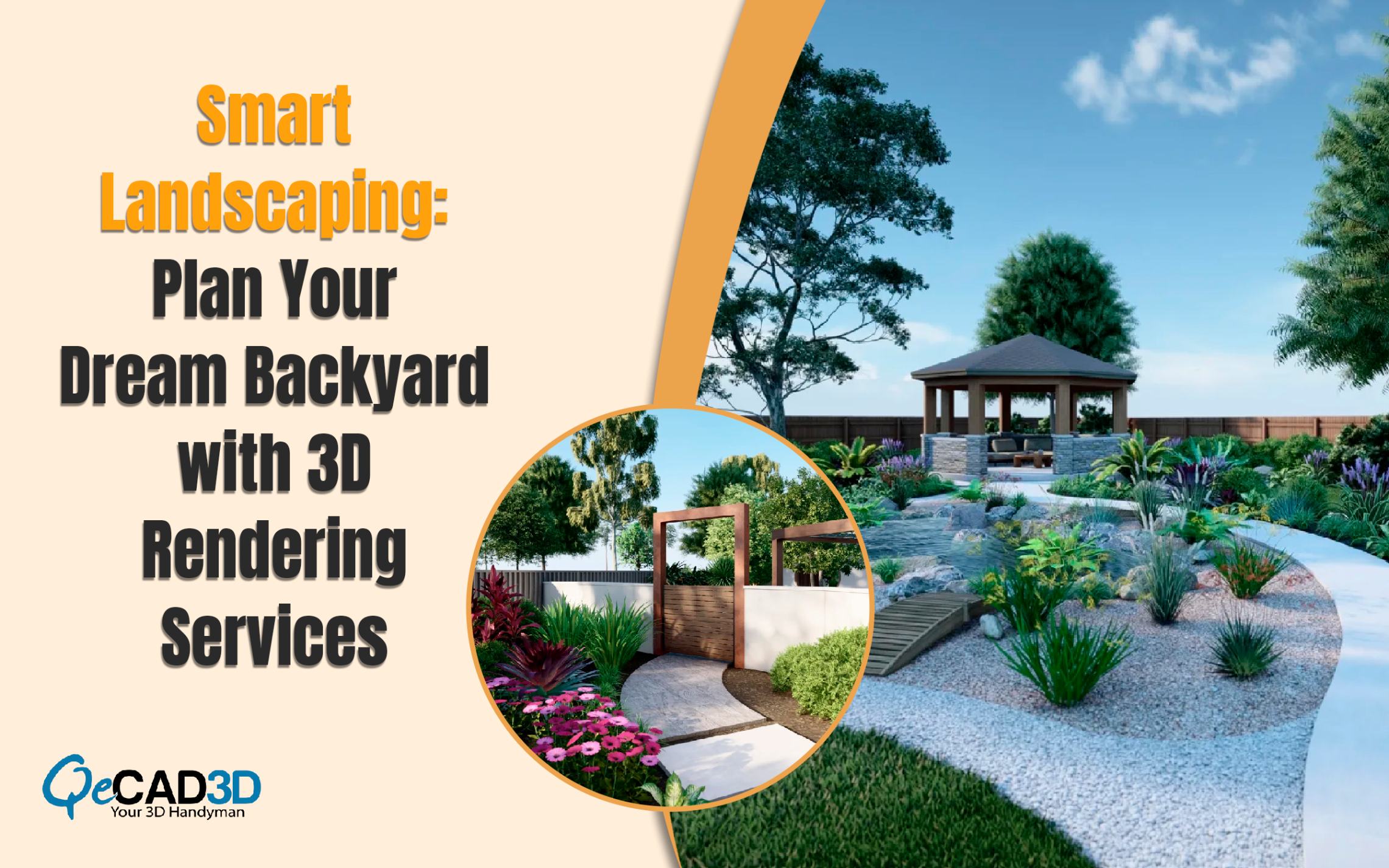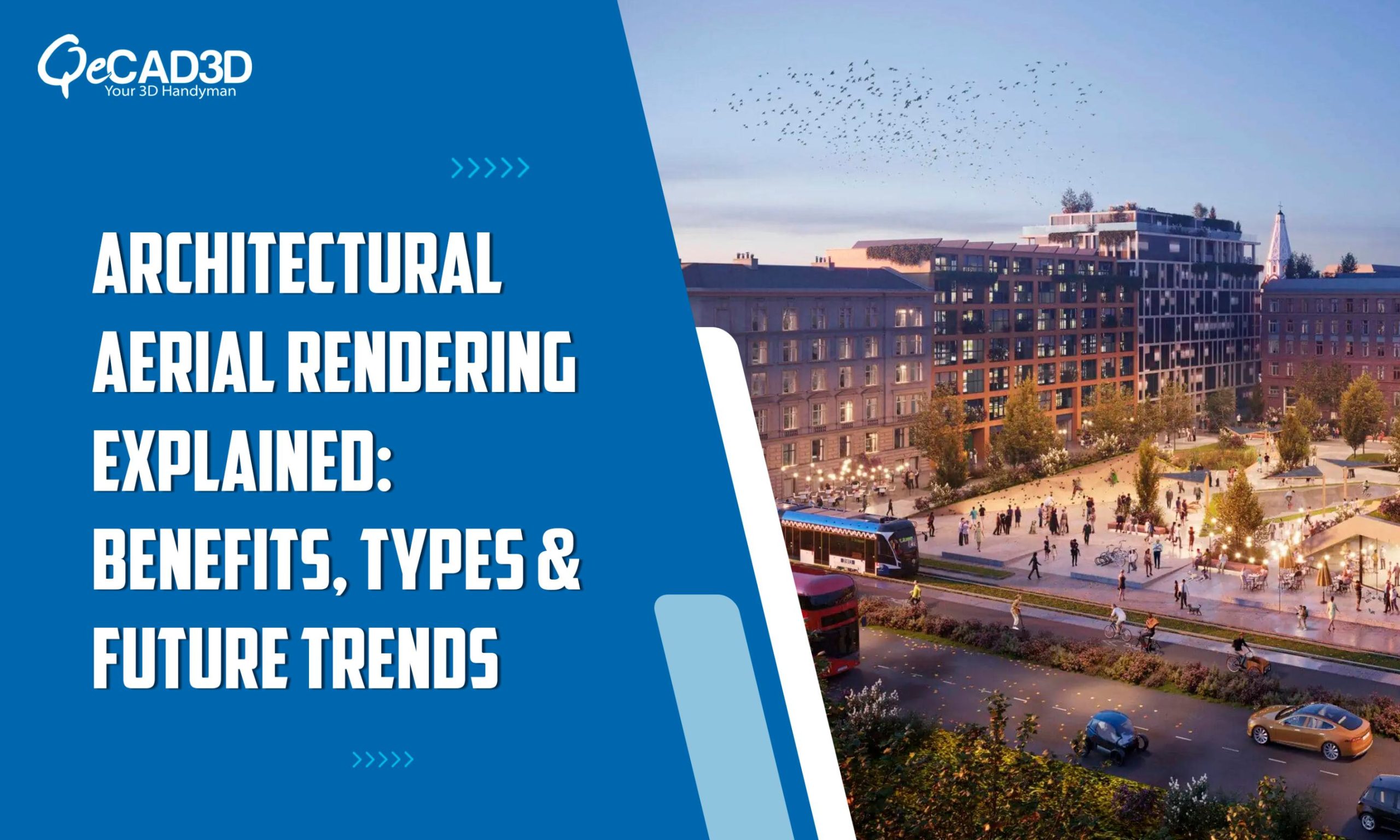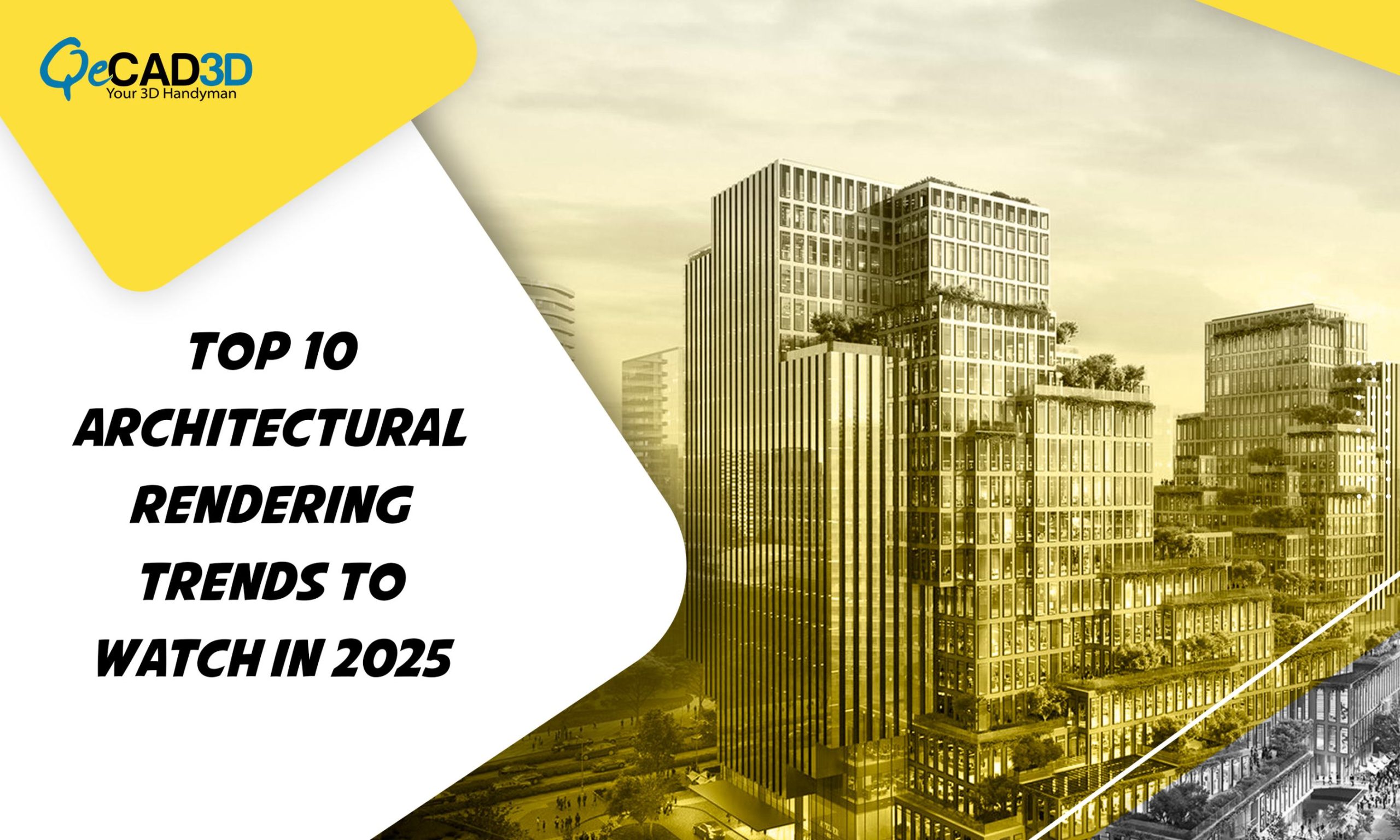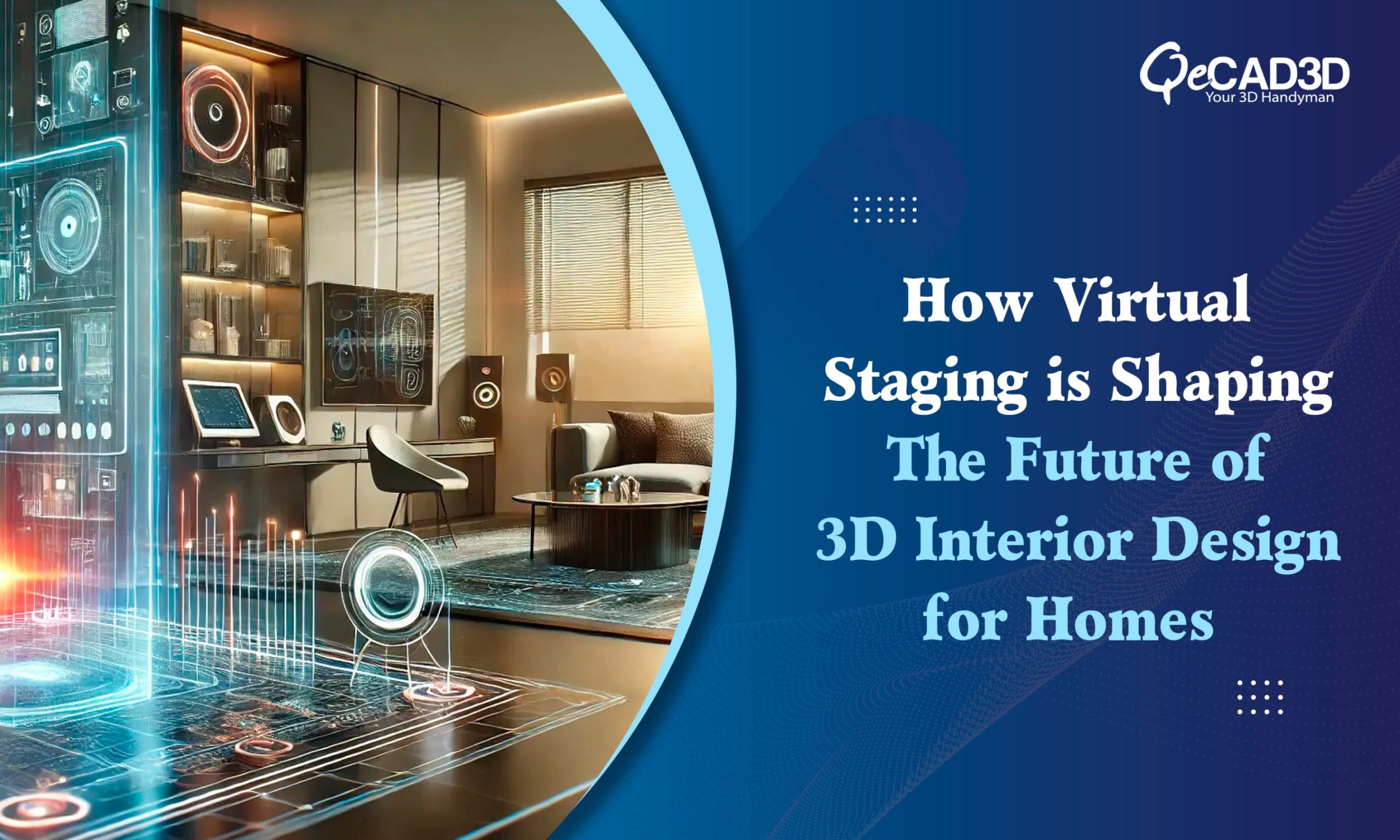From Blueprint to Brilliance: Unveiling the Exterior Rendering Process
Introduction:
Architectural visualization has become an integral part of the design and construction industry, playing a crucial role in conveying the intended aesthetics and functionality of a structure. Among the various forms of visualization, Exterior Rendering Services stand out as powerful tools for showcasing a project’s potential. In this blog post, we will get into the comprehensive process behind creating a captivating exterior rendering, from the initial concept to the final polished image.
The Art and Science of Exterior Renderings
1) Conceptualization and Briefing:
The journey of an exterior rendering begins with an in depth understanding of the project. Architects and designers from a 3D Rendering Company, collaborate closely with clients to gather requirements, preferences, and any specific design elements. This initial phase sets the foundation for the visual narrative and determines the mood, style, and overall atmosphere the rendering should convey.
2) Site Analysis and Modeling:
Once armed with a clear vision, the next step involves site analysis and 3D modeling. Digital tools like AutoCAD or SketchUp are employed to create a detailed digital representation of the exterior space, including the building, landscaping, and surrounding environment. Accurate modeling is crucial for a realistic and visually impactful rendering.
3) Texturing and Materials:
The success of an exterior rendering lies in its ability emulate the real world. Designers meticulously apply textures and materials to the 3D model, ensuring that every surface, from the building facade to the pavement, reflects the intended visual and tactile qualities. High-quality textures and realistic material representations are essential for achieving a lifelike rendering.
4) Lighting Design:
Lighting is crucial in bringing a rendering to life. Designers carefully plan the placement of virtual light sources, taking into account natural sunlight, artificial lighting, and the time of day. The interplay of light and shadows contributes to the realism and atmosphere of the rendering, emphasizing architectural features and creating a compelling visual narrative.
5) Camera Placement and Composition:
A skilled eye for composition is crucial in determining the most effective camera angles and viewpoints. Designers experiment with various perspectives to showcase the building’s key features and capture the essence of the design. Composition also involves framing the scene to highlight focal points, leading the viewer’s gaze through the rendering in a purposeful manner.
6) Rendering Process:
The rendering procedure includes transforming the 3D model into a 2D image. Powerful rendering engines like Lumion are utilized to generate high-resolution images with realistic lighting, shadows, and reflections. This computationally intensive step requires substantial computing power but is essential for producing professional-grade renderings.
7) Post-Processing and Enhancement:
After the initial rendering, designers employ post-processing techniques to enhance the final image. This may involve colour correction, adding atmospheric effects, adjusting contrast, and fine-tuning details to achieve the desired visual impact. Skilled post-processing can elevate a rendering from good to exceptional.
8) Client Feedback and Revisions:
The collaborative nature of architectural visualization means that client feedback is crucial. Designers often go through iterative cycles of feedback and revisions, ensuring that the final rendering aligns with the client’s expectations and vision for the project.
9) Final Presentation:
The last step involves presenting the final rendering to the client or stakeholders. Whether for marketing purposes, project approvals, or design discussions, a compelling exterior rendering serves as a powerful communication tool, offering a glimpse into the future reality of the architectural design.
Conclusion:
The process of creating an exterior rendering is a meticulous and multifaceted journey that combines technical expertise, artistic flair, and a deep understanding of architectural design. From the initial conceptualization to the ultimate presentation, every stage plays a role in crafting a visually striking and emotionally evocative portrayal of the architectural vision. As technology continues to advance, the world of exterior renderings is poised to evolve, providing even more immersive and realistic experiences for architects, clients, and the broader audience.






